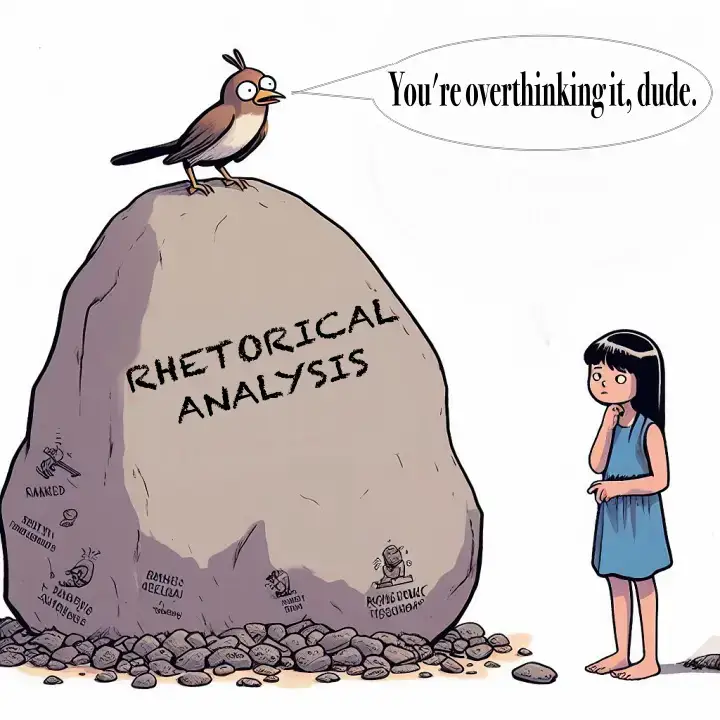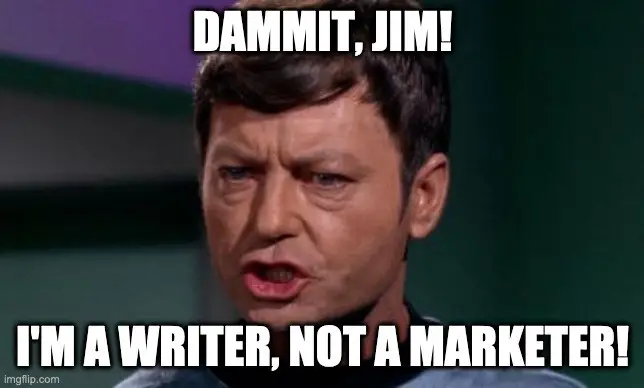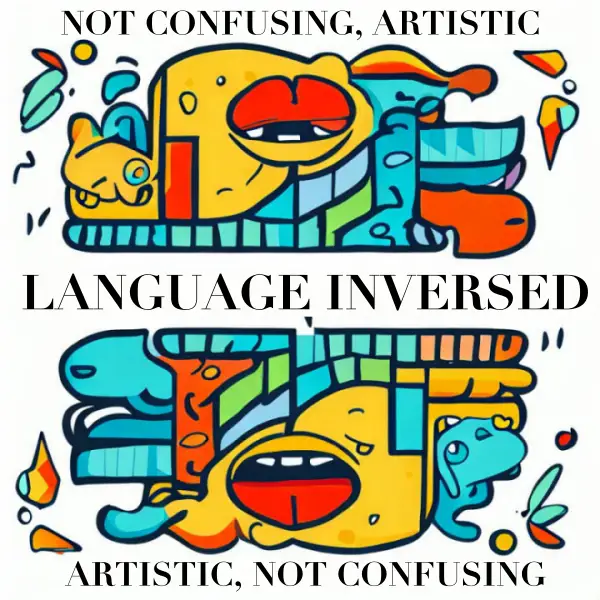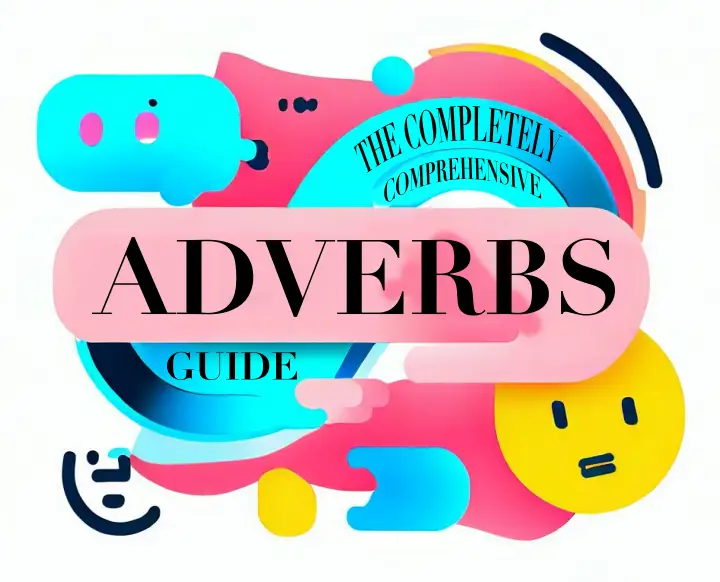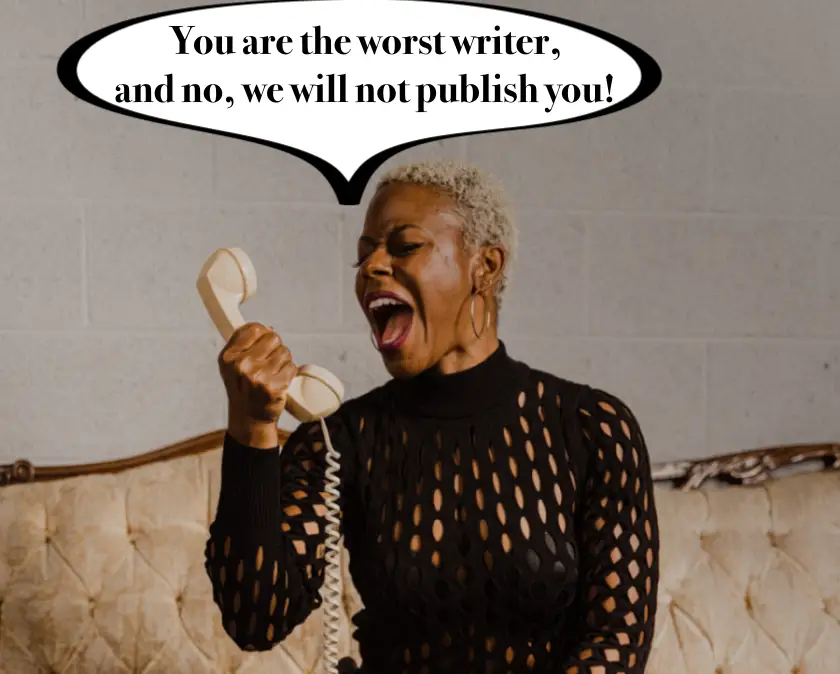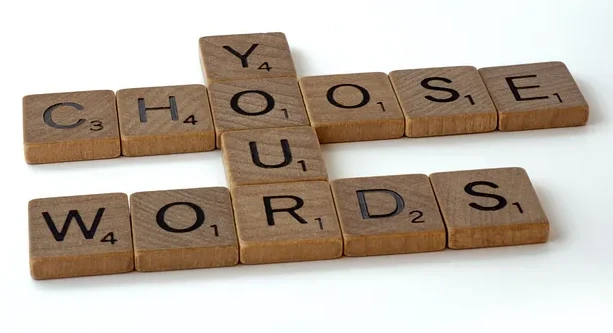So, you wrote your book and you are ready to publish but you’re like most people and you don’t know what to do next.
I’m a fiction writer, not a marketer!
I completely understand the sentiment and for this reason I prepared this short guide to keep you from making a costly mistake.
Lost in Cyberspace
Armed with your book, you decide to self-publish. You chose a platform such as Amazon or Goodreads and you publish your masterpiece. You anxiously watch and no sales occur. You cry and lament your decision to become a writer.
What you are experiencing is the sensation of being lost in cyberspace. The moment you posted your book on Amazon it was sucked into the digital ether and lost. Think about all the millions of books and other media listed on Amazon? The sheer volume of books drowns out your book. Worse yet, your book has low sales meaning it has no real rank amongst the millions of books being sold on Amazon. The situation seems hopeless but you’re a smart person, and say to yourself, “Wait a minute! I just need to market my book.”
Yes, you’re right. You need marketing. However, your marketing realization just placed you in the crosshairs of a financial sniper. If you are not careful, you might go broke in a matter of weeks or months.
WEB Marketing
Marketing online changed radically since the early days of the internet when you could build a website and post your book on Amazon and you had a decent chance of selling. The massive growth of the internet creates a problem where consumers cannot find you. Consider all the different books being sold on all of the different websites and you can easily imagine the difficulty trying to differentiate your book amongst all these selling channels.
While it is good to understand the market is a sprawling ever-growing place, it also places your foot in the digital marketing snare. For those of you looking for a reasonable means of marketing your book, the internet will appeal to you because of seemingly simplistic solutions, and low cost.
The first thing you will be suggested, which has become the gold standard for digital marketing, is social media. The marketing model goes: you post on social media, gain lots of followers and likes, a percentage of those followers and likes will ultimately buy your book. Poof! You’re rich and famous.
Enter the Shady Marketer
“You need to be on Twitter, Facebook, Instagram, blah blah blah. You need to build a Facebook fan page.”
“You got the page ready? Great, now you need to create a marketing funnel. Don’t understand a marketing funnel? No problem. A marketing funnel represents the movement of sales from the initial advertisement through the final sale. So, to leverage this funnel, you need to design a really compelling advertisement.”
“That’s great! You did a nice job with that advertisement and now you’re ready to post it on social media. Now open an ad account on social media and choose demographics; you know, the age, geography, education and all other traits of your customers.”
“Now it’s time to run the advertisement. The cost? Oh, that’s what’s great, you can choose the cost that is affordable to you. What you’re paying for is the ad to be shown to a certain number of people, and for people to click on the ad. It’s a really simple formula.”
Cost-per-click ($) = Advertising cost ($) / Ads clicked (#)
“See, simple.”
“Now, the best thing to do is choose a daily dollar amount for advertising, of course the more you spend the more clicks or chances you have to sell. I recommend as much as you can afford because the more you put into social media ads the more you get out!”
“Oh, are you confused? Don’t worry, I’m an expert at social media marketing and I’ll take care of you for 20–50% of the total advertising you spend. Of course, you still need to design the ads, pick demographics, and supply all the media graphics, AND there’s no guarantee it will work.”
Gotcha!
You are now well on your way to the poorhouse. What this person is not telling you is the social media model of marketing is based on the general assumption that people click on social media ads and buy things. This is a gross generalization of social media advertising and engagement. I don’t know about you, but I never bought anything through a social media site. This is because I use social media as a means of communicating and connecting with friends and like-minded people. You might deal with social media the same way, but you might not. The reality of social media is that everyone engages it with different reasons and each platform has specific ways it engages people. This leads to a more complex advertising method in which likes, comments, and views are poor measures by themselves for engagement or advertising effectiveness.
This means you can pay for advertising, rack up a million followers, and still not be advertising effectively. Millions of followers do not equal sales.
There is also a basic factor of cost that needs to be considered. If you are selling an eBook for $10 and spending $5 per day on social media advertising, then you need to sell 15 eBooks a month to break even. Here is what you get for $5 per day:

So, if the maximum number of people at 460 per day for five days click on your ad you will have 2600 people view your book. If you run this ad for 30 days your total cost is $150 reaching 15,600 people. Now you’re going to read a lot of numbers, but average conversion rates of e-commerce sites are as follows:
- According to Shopify, the average conversion rate for Shopify stores is 1.4%.
- Omniconvert reports that the average e-commerce website conversion rate in the United States is 2.63%, while the global online conversion rate is 4.31%.
- Adobe states that the average e-commerce conversion rate is 3.65%, indicating that nearly 4 out of every 100 site visitors take a desired action on e-commerce websites.
- Varos Insights provides an average e-commerce conversion rate of 2.3% across all industries in the United States.
Averaging these stats provides an eCommerce conversion rate of about 3.5%. (This is a tough statistic to obtain because no one is honest and these are some of the most honest I can find based on the low numbers.) So, if you are lucky and you sell 3% of the people you engaged you made approximately 446 sales or $4460. If you are selling through Amazon exclusively this comes out to approximately $3122. Not bad. However, the reality is very different. Here are the actual website conversion numbers based on a two week $20 per day plan of a retailer in 2018.

This is a retail company that is far less niche as books. Total revenue for two weeks equaled $23,032.82 Cost per social media ads equaled $280 which generated $111.58 in sales, equaling an ROI of -168.42.
Now, this example came from 2018, but recently, I tested the waters of simple advertising using the boost option, and here is the results of boosting a post:

I paid to get two crappy comments and six clicks that didn’t even register as a read or a view, but I got 110 engagements and 102 likes! WOW!
Here is another post boost for $10 that achieved these stunning results,

There are a lot of reasons why social media advertising might not work but I guarantee the first thing told you by social media marketers is, “It’s your fault because you didn’t create the proper compelling advertisement.” So goes the logic of the marketer:
“You get what you put in.”
“It can take some time before you hit the
right ad.”
Always keeps spending and spend more!
For these reasons, social media marketers shifted strategies, “Well, it's not really about conversion. It’s about engagement.”
The one basic question you need to ask anyone selling this marketing is, “If this advertising works, then show me an example?”
And then question the hell out of that example.
Hilde A. M. Voorveld, Guda van Noort, Daniël G. Muntinga & Fred Bronner (2018) Engagement with Social Media and Social Media Advertising: The Differentiating Role of Platform Type
 Question? Comment? Rebuttal?
Question? Comment? Rebuttal?Copy the article's title or link to send with your response.





